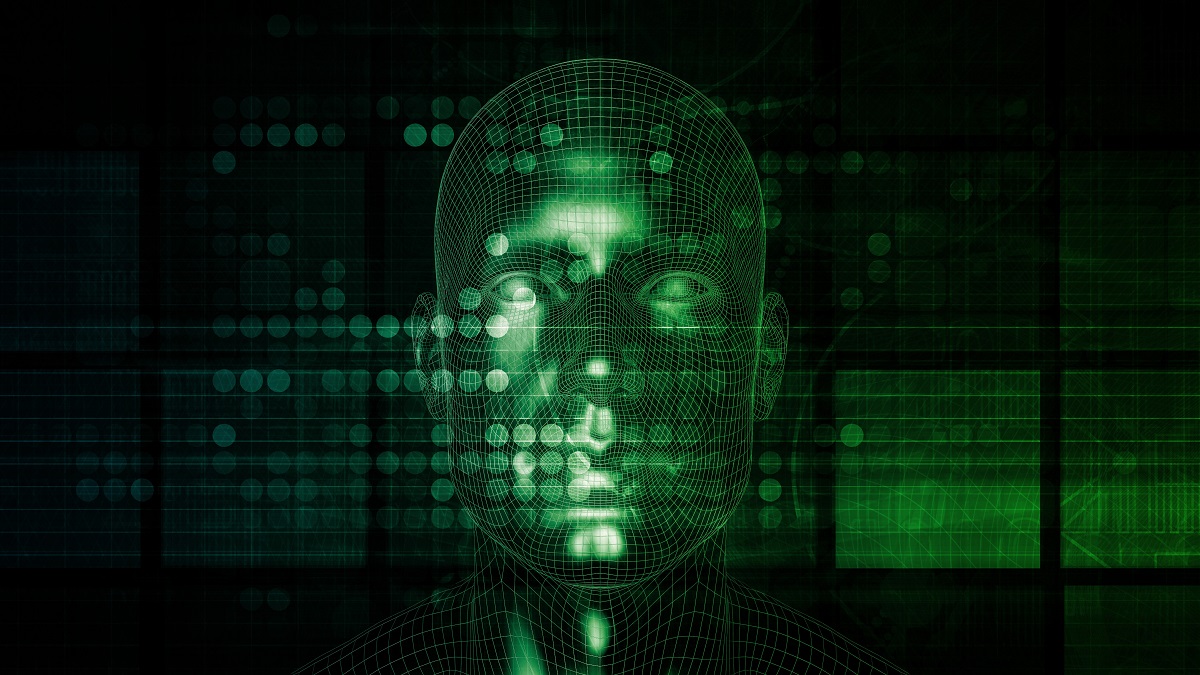
Data can be described as observations that have already been measured and communicated in such a way that they are understandable by both the recorder or the reader. Although people are not data they can be recorded as observations. Examples of data include digital photos of people's faces and videos of them dancing. It is a form of advanced analytics that enables the real-time analysis of huge data sets and predictive modeling. Science can thus gain insights into human behavior.
Data are observations made that are measured and communicated to the recorder and the reader in a way that is easily understood by both.
When scientists report their findings, they use data to support their conclusions. Data is information obtained from multiple sources. It may be collected on one scale or over several years. Although one scientist may collect data for a specific study or research project, it is possible that many scientists will be involved. Data are important to scientific research because they are used to support various arguments and ideas.
It is a type of advanced analytics
Advanced analytics uses data analysis to predict or identify patterns. Whether it's log data or smart applications, advanced analytics methods help organizations answer complex business questions. They can identify trends, patterns, or other insights that traditional BI reporting can't provide. This type of analytics uses artificial intelligence and historical data to solve problems in a wide range of fields.

It allows you to analyze large data sets in real time
Real-time analytics is the process of analyzing data in a fast and efficient manner. It allows organizations to take action without delay and to detect patterns and trends in the behavior of their users. Real-time analytics can be used to help businesses spot fraud and statistical outliers. This technology has numerous uses in the business and scientific worlds. To learn more about the benefits of real-time analytics, read on.
It enables predictive modeling
Data in science can be used as a predictor to improve production and business operations. Predictive model are useful for forecasting television ratings, sports, or corporate earnings. If data isn't properly cleaned and managed, it can be useless. Data can also become subject to overfitting. This is when too many data are used to create a model that fails to perform as expected. In order to implement predictive modeling successfully, organizations need to consider the technical challenges and how people behave.
It enables pattern recognition
Many businesses benefit from pattern recognition techniques. They can spot market trends and assign the right people to the right positions, optimizing output and productivity. These techniques have many applications including image processing. This technique provides the data for data analytics. This method can be used in everyday life as well as to predict performance of stocks markets.
It enables sentiment analysis
Sentiment analysis is a great way to monitor customer satisfaction and improve services and products. Companies can analyze customer reviews and opinions on social media in order to improve their products. This method can be used in the social and political sciences to gauge reactions and trends. This process can also be used to conduct market research and surveys. Businesses generate a lot of data each day. It is crucial to use that data to discover how people feel about products or services.

It improves customer experience
Data Science allows brands and individuals to enhance their customer experience by providing them with personalized information. Machine learning algorithms can detect minor issues in products that a customer might not notice. Brands can use data to identify minor signs of machinery failure, and alert technicians in time to prevent quality control issues. Data about customer preferences and behavior can be used to create personalized experiences that improve sales and customer retention. By combining these tools, data science can help companies improve their customer experience and provide personalized information for each visitor.
FAQ
Who is leading the AI market today?
Artificial Intelligence (AI), a subfield of computer science, focuses on the creation of intelligent machines that can perform tasks normally required by human intelligence. This includes speech recognition, translation, visual perceptual perception, reasoning, planning and learning.
Today, there are many different types of artificial intelligence technologies, including machine learning, neural networks, expert systems, evolutionary computing, genetic algorithms, fuzzy logic, rule-based systems, case-based reasoning, knowledge representation and ontology engineering, and agent technology.
There has been much debate over whether AI can understand human thoughts. Deep learning technology has allowed for the creation of programs that can do specific tasks.
Today, Google's DeepMind unit is one of the world's largest developers of AI software. Demis Hassabis founded it in 2010, having been previously the head for neuroscience at University College London. DeepMind invented AlphaGo in 2014. This program was designed to play Go against the top professional players.
Which industries use AI most frequently?
The automotive industry was one of the first to embrace AI. BMW AG uses AI for diagnosing car problems, Ford Motor Company uses AI for self-driving vehicles, and General Motors uses AI in order to power its autonomous vehicle fleet.
Banking, insurance, healthcare and retail are all other AI industries.
What are the benefits of AI?
Artificial intelligence is a technology that has the potential to revolutionize how we live our daily lives. It is revolutionizing healthcare, finance, and other industries. It's expected to have profound impacts on all aspects of education and government services by 2025.
AI is already being used for solving problems in healthcare, transport, energy and security. The possibilities are endless as more applications are developed.
So what exactly makes it so special? Well, for starters, it learns. Unlike humans, computers learn without needing any training. Instead of learning, computers simply look at the world and then use those skills to solve problems.
It's this ability to learn quickly that sets AI apart from traditional software. Computers can process millions of pages of text per second. They can instantly translate foreign languages and recognize faces.
Artificial intelligence doesn't need to be manipulated by humans, so it can do tasks much faster than human beings. It can even outperform humans in certain situations.
A chatbot called Eugene Goostman was developed by researchers in 2017. It fooled many people into believing it was Vladimir Putin.
This proves that AI can be convincing. Another benefit is AI's ability adapt. It can be easily trained to perform new tasks efficiently and effectively.
This means that companies don't have the need to invest large sums of money in IT infrastructure or hire large numbers.
From where did AI develop?
The idea of artificial intelligence was first proposed by Alan Turing in 1950. He said that if a machine could fool a person into thinking they were talking to another human, it would be considered intelligent.
John McCarthy, who later wrote an essay entitled "Can Machines Thought?" on this topic, took up the idea. McCarthy wrote an essay entitled "Can machines think?" in 1956. In it, he described the problems faced by AI researchers and outlined some possible solutions.
Is there another technology that can compete against AI?
Yes, but this is still not the case. There are many technologies that have been created to solve specific problems. But none of them are as fast or accurate as AI.
Statistics
- The company's AI team trained an image recognition model to 85 percent accuracy using billions of public Instagram photos tagged with hashtags. (builtin.com)
- In 2019, AI adoption among large companies increased by 47% compared to 2018, according to the latest Artificial IntelligenceIndex report. (marsner.com)
- By using BrainBox AI, commercial buildings can reduce total energy costs by 25% and improves occupant comfort by 60%. (analyticsinsight.net)
- That's as many of us that have been in that AI space would say, it's about 70 or 80 percent of the work. (finra.org)
- According to the company's website, more than 800 financial firms use AlphaSense, including some Fortune 500 corporations. (builtin.com)
External Links
How To
How do I start using AI?
A way to make artificial intelligence work is to create an algorithm that learns through its mistakes. You can then use this learning to improve on future decisions.
You could, for example, add a feature that suggests words to complete your sentence if you are writing a text message. It could learn from previous messages and suggest phrases similar to yours for you.
It would be necessary to train the system before it can write anything.
To answer your questions, you can even create a chatbot. For example, you might ask, "what time does my flight leave?" The bot will tell you that the next flight leaves at 8 a.m.
If you want to know how to get started with machine learning, take a look at our guide.